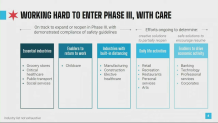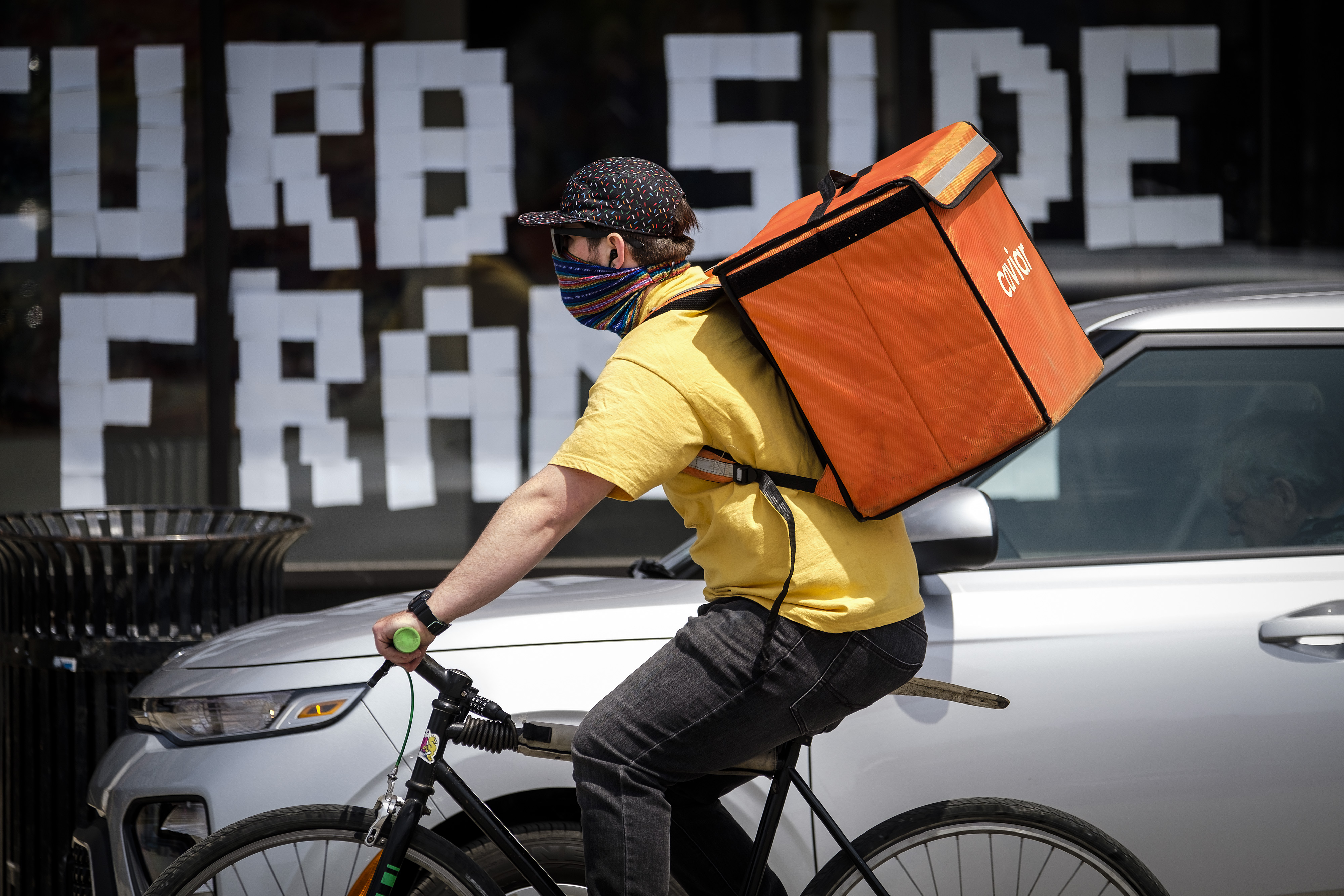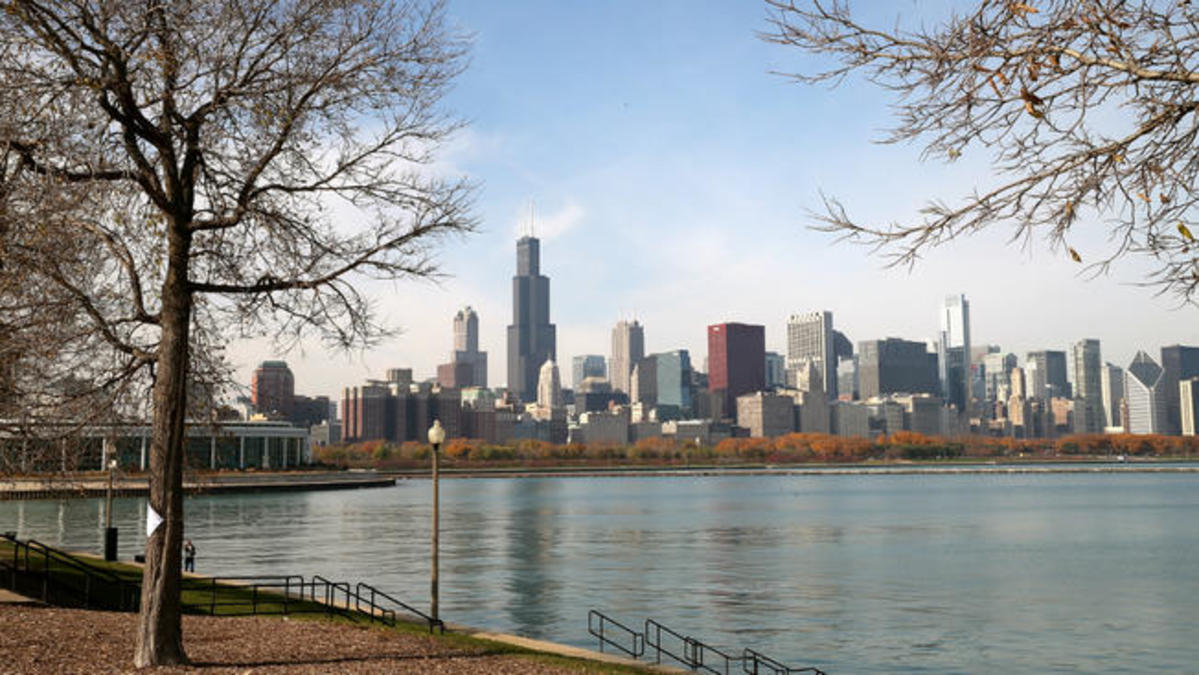Chicago Mayor Lori Lightfoot has offered one of the first looks at what might be allowed to reopen in the next phase of the city's plan.
During a speech to the Economic Club of Chicago Wednesday, Lightfoot detailed which industries will be included as the city prepares for phase three of reopening. It's the first time many residents are learning the new information as the mayor's initial plan offered few specifics.
Among those that are expected to or "on track" to reopen in the next phase, with safety guidelines in place, are childcare, manufacturing, construction and elective surgeries. That's in addition to essential businesses that have already been opened in the city, Lightfoot said.
"To do this we also expect a reopening of our parks and libraries, programming for youth with strict protocols in place," Lightfoot said, acknowledging the need for such services as parents begin to return to work.
In addition, the city is working to find "creative solutions to partially reopen" businesses in retail, recreation, personal services like salons and barbershops, arts and restaurants.
"We believe we have can find creative ways in which we can bring some of this activity back online safely sooner rather than later," Lightfoot said.
The city is also working to find safe solutions to resume banks, technology, professional services and corporate environments, Lightfoot said.

She also offered a glimpse at what safety measures might be in place when phase three begins, and how the industries that reopen could look different.
For example, businesses will not be allowed to open small break rooms, barriers must be in place between desks, hand sanitizer stations should be available and visuals should offer social distancing reminders for employees. Those who do return to work will be asked to wear face coverings and may be required to undergo a health screening before entering buildings. Some may also alternate days for being in the workplace.

For retailers, stores will need spacing and barriers at checkout points, the ability to regulate capacity, touchless payment if possible, and some stores should offer special hours for vulnerable populations to shop.

Lightfoot unveiled her five-phased reopening plan earlier this month, with Chicago currently in phase two.
Phase three was said to have "strict physical distancing with some businesses opening," though gatherings would be limited to 10 people or less, residents will still be required to social distance and wear a face covering and those with symptoms would still be urged to get tested.
So what is required for phase three to begin? Here's a look at the criteria:
• COVID-19 Case Rate (over 14 days, as a rolling average):
o Declining rate of new cases, based on incidence and/or percent positivity
• Severe Outcome Rate (over 14 days, as a rolling average):
o Stable or declining rates of cases resulting in hospitalization, ICU admission, and/or death
• Hospital Capacity Citywide (over 14 days, as a rolling average):
o Hospital beds: <1800 COVID patients
o ICU beds: <600 COVID patients
o Ventilators: <450 COVID patients
• Testing Capacity:
o Test at least 5% of Chicago residents per month
• Testing Percent Positivity Rates (over 14 days, as a rolling average):
o Congregate: <30% positive tests
o Community: <15% positive tests
• Syndromic Surveillance (over 14 days, as a rolling average):
o Declining emergency department visits for influenza-like illness and/or COVID-like illness
• Case Investigation & Contact Tracing:
o Expanded system in place for congregate and community investigations and
contact tracing
"The specific health criteria for transition between the latter phases will be established and released over the coming weeks to ensure the city is open and responsive to new data and information as it arises," the mayor's office stated. "In addition to determining the health-based metrics to move from one phase to the next, the city is actively determining the appropriate sequencing of reopening businesses and public services – taking into consideration both economic enablers such as transportation and childcare concerns, as well as keeping an eye towards economically disadvantaged populations."



